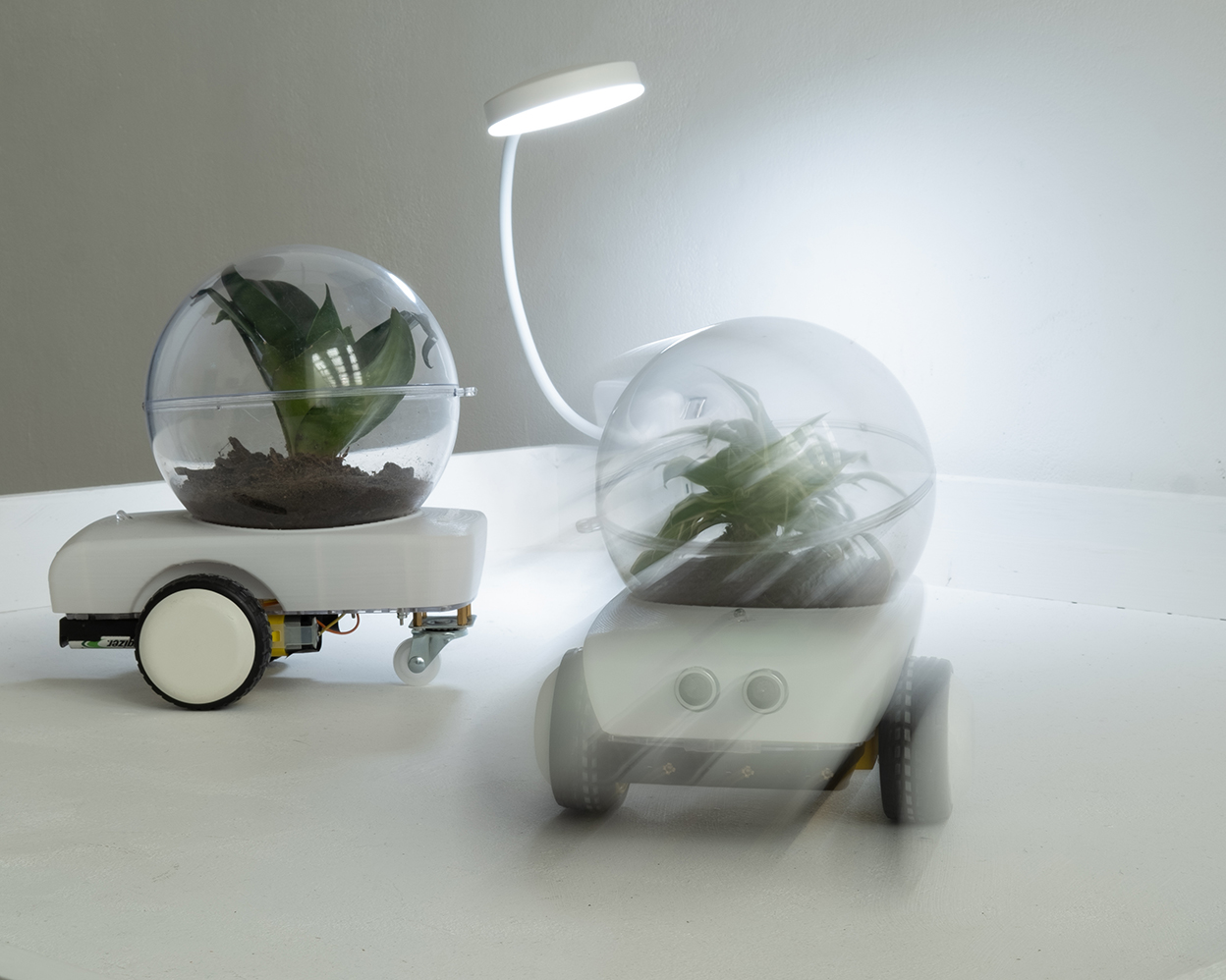 |
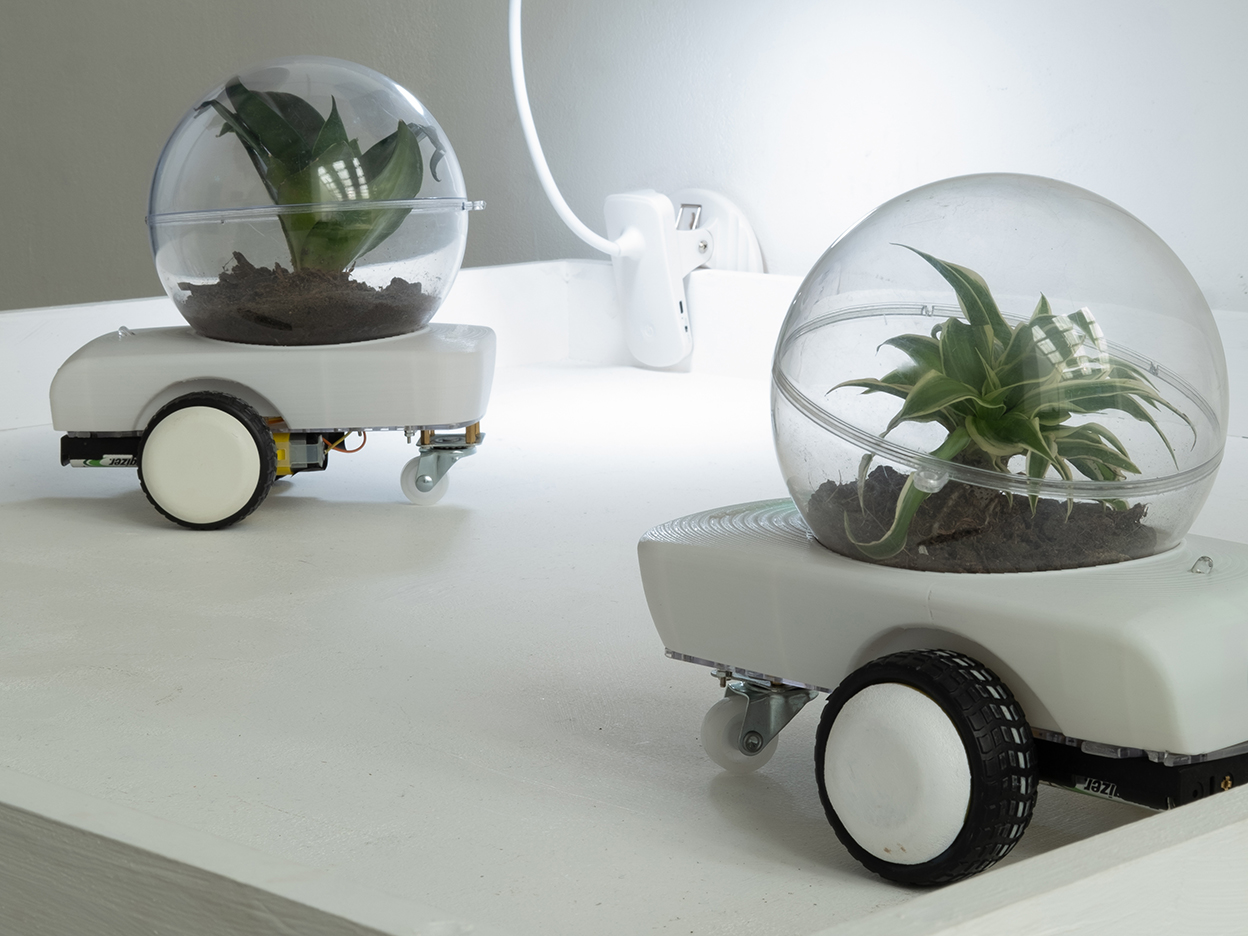 |
|
Bio-designer Anshuman Gupta, takes inspiration from macro and micro organisms in
natural ecosystems to explore a domain of nature-driven innovation in industrial design.
His Bioborgs translate biofeedback data from plants into tangible outputs, providing realtime information about their physical well-being. For SPACE Lab, he collaborated with
exoplanetary astronomer Amaury Triaud, whose research focuses on circumbinary
planets (planets with two suns), and on finding planets similar to Earth. Gupta’s Bioborgs,
built as biocomputers that imagine a reality where organisms can act autonomously based
on environmental threats, respond to Triaud’s exoplanetary research into the TRAPPIST-1
system, whose planets are most optimal for evidence of life beyond our solar system
| |
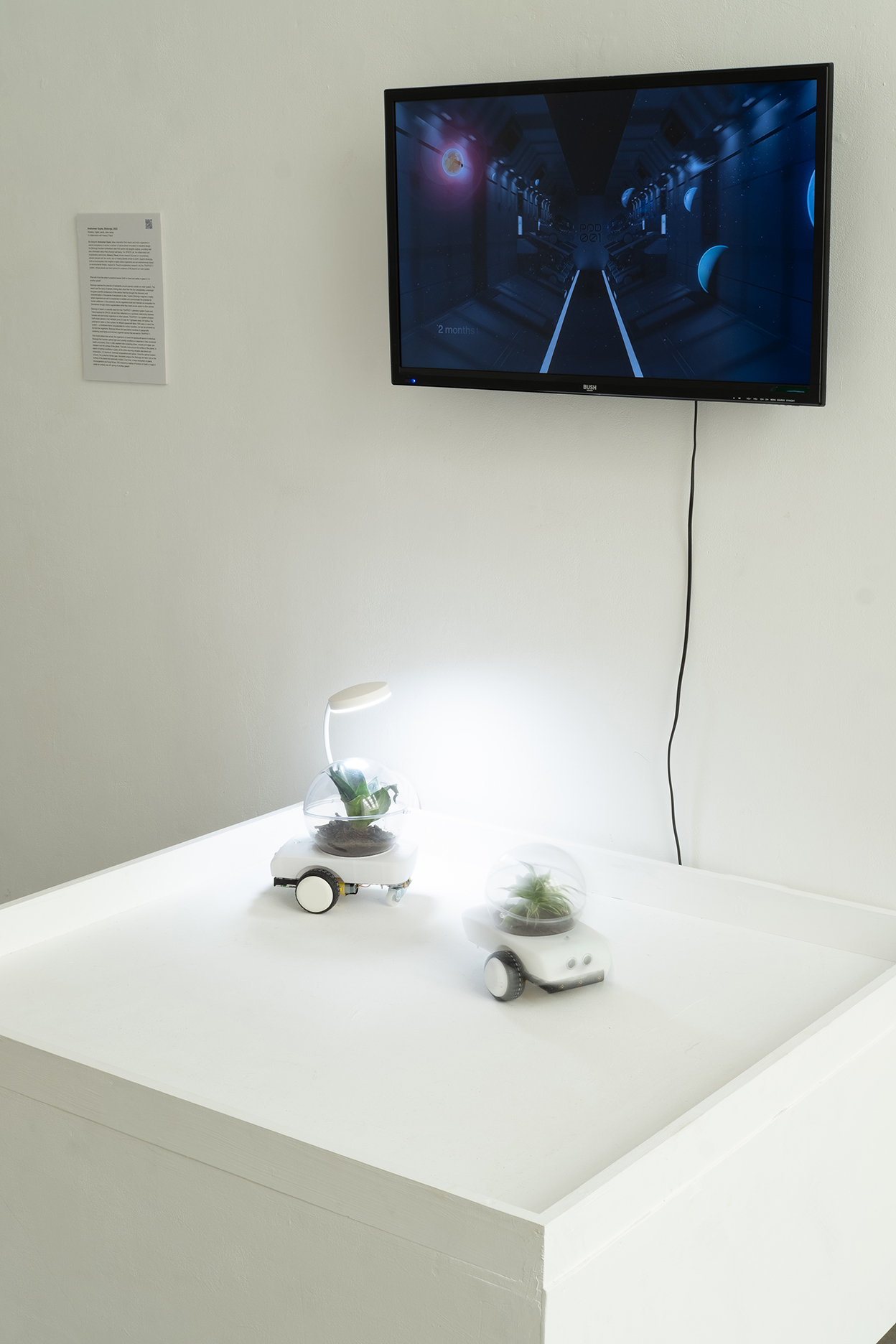 |
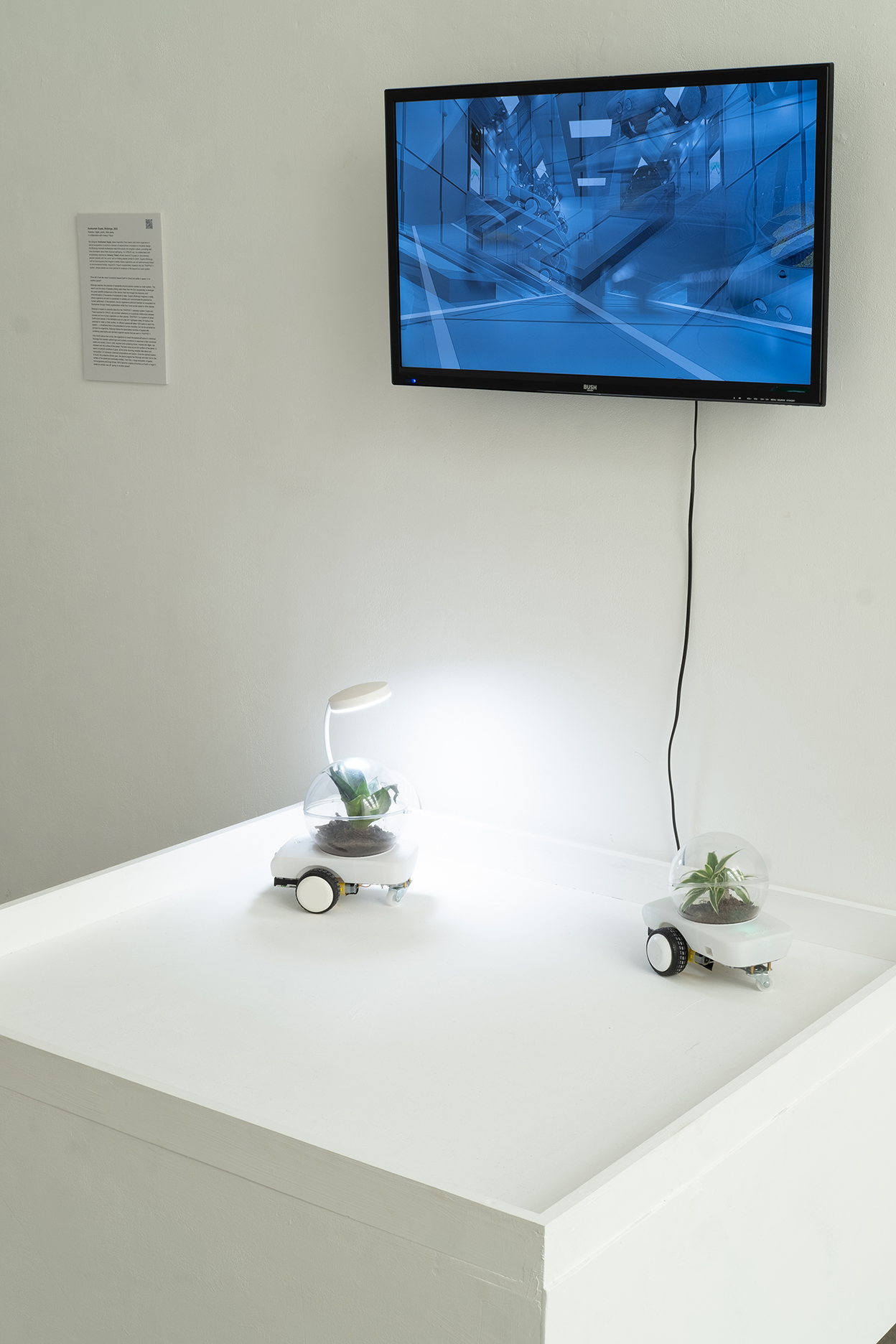 |
|
Bioborgs explores the potential of habitability around planets outside our solar system. The search and the study of planets orbiting stars other than the Sun (exoplanets) is amongst the great scientific endeavours of this century that has brought the discovery and characterisation of thousands of exoplanets to date. Gupta’s Bioborgs imagines a reality where organisms are sent to exoplanets to validate and communicate the potential for human settlement. In this scenario, the bio organisms build and maintain an ecosystem for themselves through robotic augmentation while they travel across space to other planets. Bioborgs is based on scientific data from the TRAPPIST-1 planetary system Gupta and Triaud explored for SPACE Lab and their reflections on a symbiotic relationship between humans and non-human organisms on other planets. TRAPPIST-1 is a system of seven Earth-sized planets in the habitable zone of a star 40.7 lightyears away. All harbour the potential for water on their surface. An efficient spacecraft takes 1300 years to reach the system — a timeframe that is unsustainable for human travellers, but can be achieved by dormant bio organisms. Bioborgs follows the speculative narrative of spacecrafts containing seed banks and dormant organism spores that are sent to TRAPPIST-1.
| |
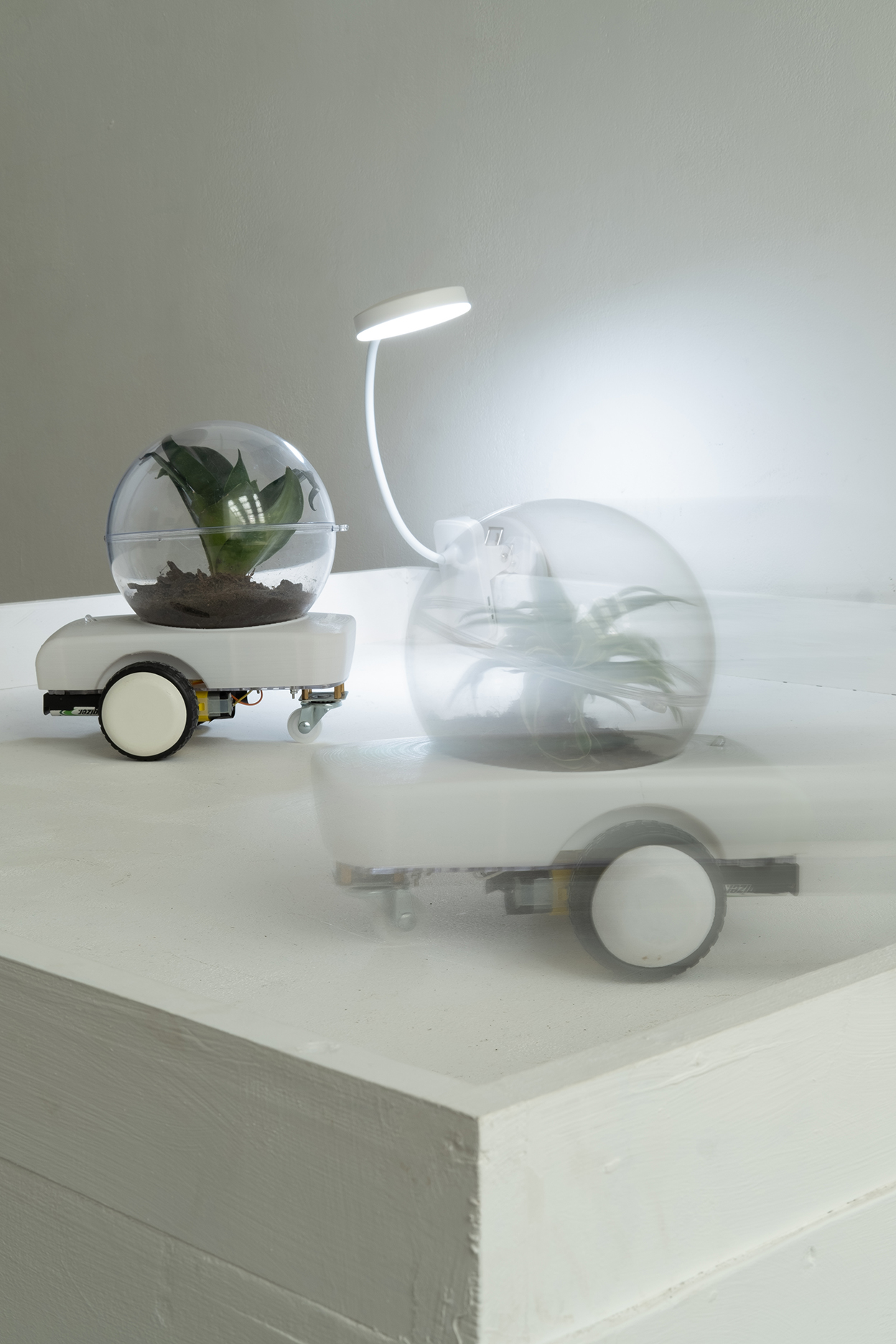 |
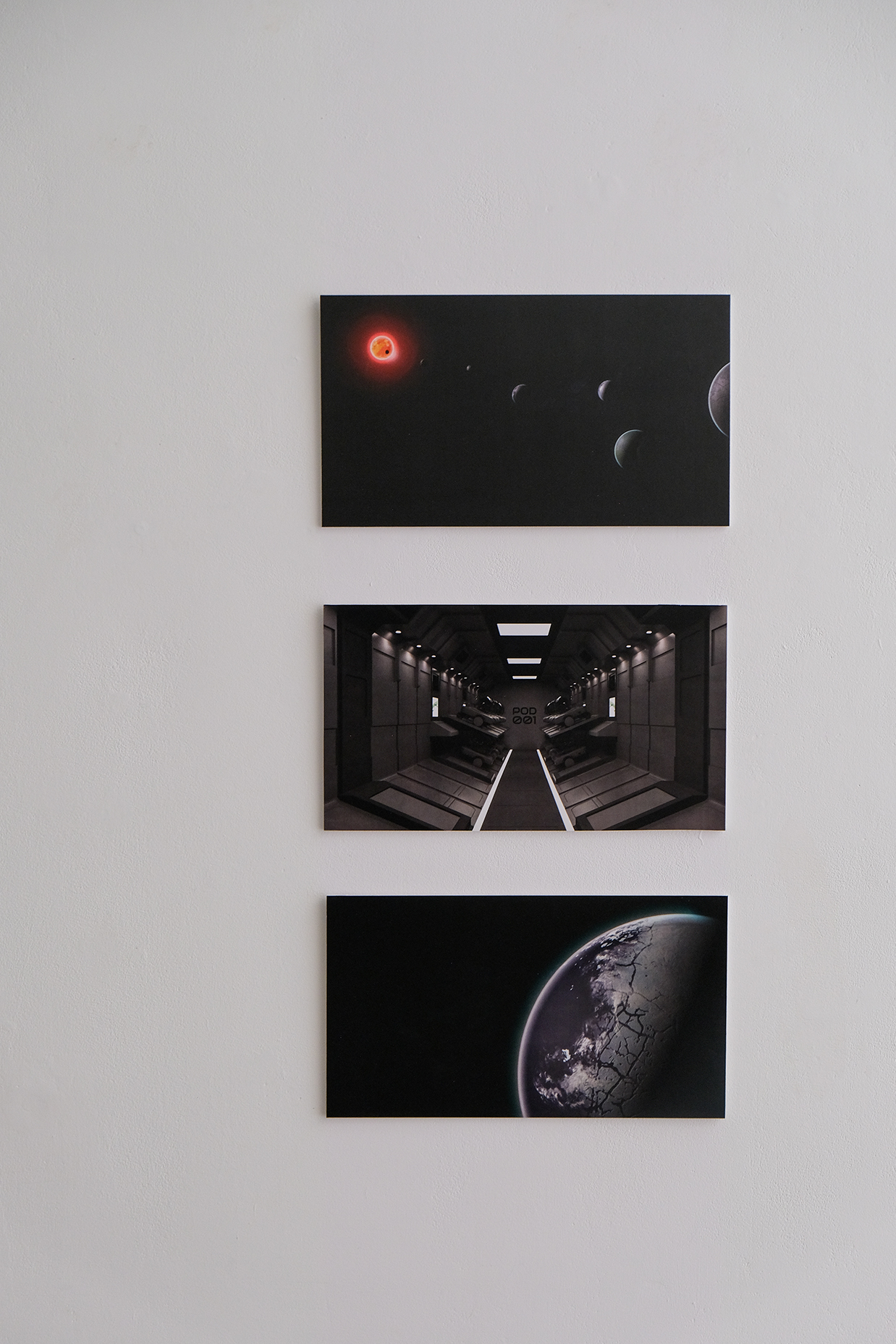 |
|
One month before their arrival, the organisms on board the spacecraft sprout in individual Bioborgs that maintain optimal light and humidity conditions in response to their monitored health and activity. Once in orbit, explorer bots containing lichen, mosses and algae, are released onto the surface of the planet. The bots move around the surface of the planet, in search of optimal conditions to grow, all the while returning valuable data about soil composition, UV exposure, chemical compositions and carbon. Once the optimal location is found, the protective domes open, the plants outgrow the Bioborgs and take root on the surface of the planet and eventually multiply. Over time, a large ecosystem of plants, microorganisms and fungi thrives. Will it become a replica of humans on Earth or might it create an entirely new off- spring on another planet?
Photography credits:
| |
|
| |
|
|
|
|
|
|
|
|
|
|
|
|
|
|
|
|
|
|